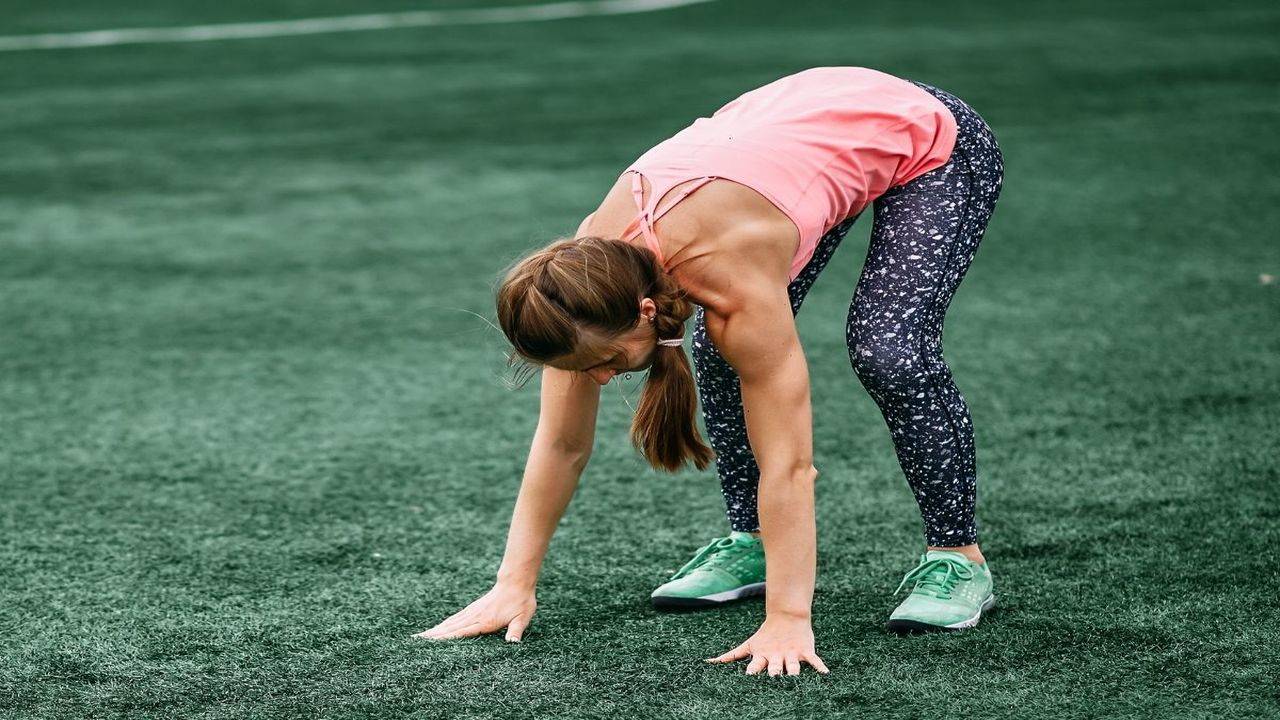We’ve all seen it—a gym fail video goes viral, and the internet can’t stop talking about it. One of the most common? The bench press gone wrong. Whether it’s a bar crashing down, someone getting pinned under weight, or just awkward form that makes your joints hurt just by watching—it’s clear that not everyone’s doing this exercise right.
Let’s be real, though: the bench press is a staple in almost every strength-training routine. It’s the go-to move for building chest size and upper body strength. But it also comes with high risk when done wrong. Bad form doesn’t just rob you of gains—it can lead to real injuries.
So today, let’s talk about how to bench press safely and effectively, and walk through the 7 most common mistakes that lead to disaster (or at the very least, zero progress).
Why People Love the Bench Press
The bench press has been the ultimate chest-building move for decades. It hits your pectorals, triceps, deltoids, and even your core when done correctly. It’s also a bit of an ego lift—people love to test how much weight they can press.
But here’s the thing: all the weight in the world doesn’t matter if your form is off. So whether you’re a beginner or a seasoned lifter, it’s worth revisiting the basics.
What Can Go Wrong?
A lot, honestly. Muscle strains, shoulder impingement, torn pecs, elbow pain, and even dangerous situations where lifters get trapped under the bar.
Let’s break down what not to do so you can lift smart and avoid being the star of the next gym fail compilation.
1. Skipping the Warm-Up
Why it’s bad:
Jumping into heavy lifts without warming up your muscles is asking for trouble. Cold muscles are stiff and prone to tearing.
Fix it:
Spend 5–10 minutes doing light cardio and dynamic stretches. Then do a couple of lighter bench sets to prepare your body. Think shoulder circles, band pull-aparts, and even some push-ups to activate your chest and shoulders.
2. Using the Wrong Grip Width
Why it’s bad:
A grip that’s too wide can put stress on your shoulders, while too narrow shifts the focus away from your chest and onto your triceps. Both can throw your whole form off.
Fix it:
Start with a grip where your hands are just a little wider than shoulder-width apart. Your forearms should be vertical when the bar touches your chest. Adjust slightly based on comfort, but avoid extremes unless you’re doing a variation (like close-grip for triceps).
3. Flared Elbows
Why it’s bad:
This is a super common mistake and puts unnecessary stress on your shoulder joints. Flared elbows (pointing straight out) during the press can lead to rotator cuff injuries over time.
Fix it:
Keep your elbows at about a 45-degree angle from your body. Tuck them slightly toward your torso—not too tight, not too open. This protects your shoulders and gives you more pressing power.
4. Bouncing the Bar Off Your Chest
Why it’s bad:
Not only is it cheating the lift, but it’s also a recipe for bruised ribs or a cracked sternum if you’re going heavy. Plus, it takes tension away from the muscles.
Fix it:
Lower the bar in a controlled motion and lightly touch your chest—don’t slam it. Then press up with power. Slow down the negative (lowering phase); it helps build strength and control.
5. Lifting Your Feet or Butt Off the Bench
Why it’s bad:
When the going gets tough, some lifters arch their backs like crazy and even lift their butt off the bench to “help” push the bar up. That’s a major red flag.
Fix it:
Your feet should be flat on the floor, and your glutes must stay on the bench at all times. You can create a slight arch in your lower back (that’s natural), but don’t turn it into a yoga pose. Stable body = more power and way less injury risk.
6. Going Too Heavy, Too Soon
Why it’s bad:
Chasing big numbers without proper form or muscle prep is how lifters end up under a bar they can’t push back up. It’s also how muscles tear and joints get angry.
Fix it:
Check your ego. Start with a weight you can press for 8–10 reps with control. Increase slowly—around 2.5 to 5 kg per week is plenty. And always use a spotter when going heavy.
7. Neglecting Your Full Range of Motion
Why it’s bad:
Half reps = half results. Some people stop several inches above their chest and never fully lock out. That limits muscle engagement and can create imbalances.
Fix it:
Bring the bar all the way down to your chest (light touch, no bounce) and press it all the way back up until your elbows are nearly locked out. Full range means full gains.
Bonus Tip: Don’t Ignore Your Back!
Wait—your back in a chest exercise? Yup. A strong upper back helps stabilize the bench press and creates a solid base to push from. Don’t skip your rows, lat pulldowns, and face pulls.
What to Do If You’re New to the Bench Press
If you’re just starting out, here’s a basic checklist to stay safe and make solid progress:
- Use a spotter or safety pins in a squat rack.
- Keep your eyes directly under the bar before you lift.
- Retract your shoulder blades and keep them tight through the whole movement.
- Control the bar down, press up with power.
- Start light. Form first, weight later.
Common Sense Safety Rules
- Never bench press alone if you’re going heavy.
- If something feels off—stop.
- If you’re not sure about your form, ask a trainer or record yourself. Sometimes a simple tweak makes a huge difference.
- Don’t forget to breathe—inhale as you lower the bar, exhale as you press it up.
Final Thoughts: Bench Smart, Not Just Hard
The bench press is powerful, but only when done right. It’s not just about lifting heavy—it’s about lifting smart. The next time you hit the gym, check your form against these 7 mistakes. Fixing even one of them can save your joints, boost your gains, and keep you off the “gym fail” list.
So go ahead—lay back, grip that bar, and press with purpose. Just make sure you’re pressing with precision, too.
Your chest will grow, your strength will skyrocket, and your body will thank you.










